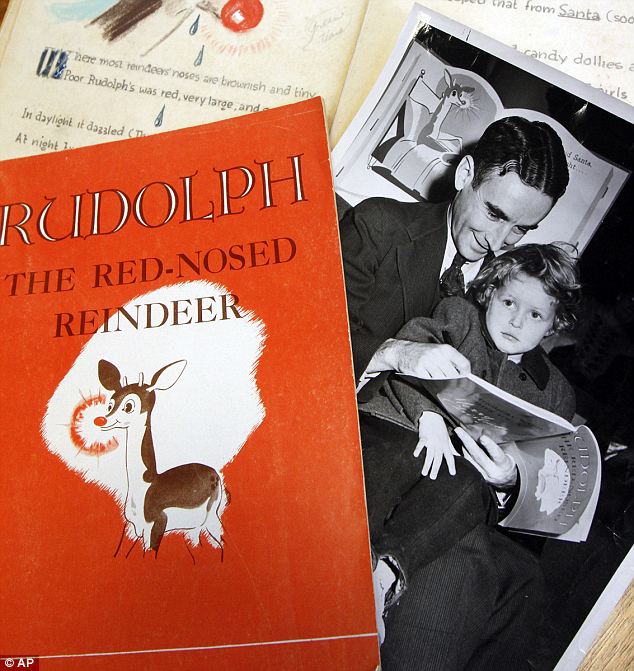Cleaning & Protecting Carpets Regency Style
1 week ago
A blog of History, Literature, all which Pertains, and Late Night Rambling
 |
| Currier & Ives |
The crew then put on a show of "Jingle Bells," featuring a harmonica and sleighbells.We have an object, looks like a satellite going from north to south, probably in polar orbit... I see a command module and eight smaller modules in front. The pilot of the command module is wearing a red suit....

A man named Bob May, depressed and brokenhearted, stared out his drafty apartment window into the chilling December night.
His 4-year-old daughter Barbara sat on his lap quietly sobbing. Bob's wife, Evelyn, was dying of cancer Little Barbara couldn't understand why her mommy could never come home. Barbara looked up into her dad's eyes and asked, "Why isn't Mommy just like everybody else's Mommy?" Bob's jaw tightened and his eyes welled with tears. Her question brought waves of grief, but also of anger. It had been the story of Bob's life. Life always had to be different for Bob.
Small when he was a kid, Bob was often bullied by other boys. He was too little at the time to compete in sports. He was often called names he'd rather not remember. From childhood, Bob was different and never seemed to fit in. Bob did complete college, married his loving wife and was grateful to get his job as a copywriter at Montgomery Ward during the Great Depression. Then he was blessed with his little girl. But it was all short-lived. Evelyn's bout with cancer stripped them of all their savings and now Bob and his daughter were forced to live in a two-room apartment in the Chicago slums. Evelyn died just days before Christmas in 1938.
Bob struggled to give hope to his child, for whom he couldn't even afford to buy a Christmas gift. But if he couldn't buy a gift, he was determined to make one - a storybook! Bob had created an animal character in his own mind and told the animal's story to little Barbara to give her comfort and hope. Again and again Bob told the story, embellishing it more with each telling. Who was the character? What was the story all about? The story Bob May created was his own autobiography in fable form. The character he created was a misfit outcast like he was. The name of the character? A little reindeer named Rudolph, with a big shiny nose. Bob finished the book just in time to give it to his little girl on Christmas Day. But the story doesn't end there.
The general manager of Montgomery Ward caught wind of the little storybook and offered Bob May a nominal fee to purchase the rights to print the book. Wards went on to print,_ Rudolph, the Red-Nosed Reindeer_ and distribute it to children visiting Santa Claus in their stores. By 1946 Wards had printed and distributed more than six million copies of Rudolph. That same year, a major publisher wanted to purchase the rights from Wards to print an updated version of the book.
In an unprecedented gesture of kindness, the CEO of Wards returned all rights back to Bob May. The book became a best seller. Many toy and marketing deals followed and Bob May, now remarried with a growing family, became wealthy from the story he created to comfort his grieving daughter. But the story doesn't end there either.
Bob's brother-in-law, Johnny Marks, made a song adaptation to Rudolph. Though the song was turned down by such popular vocalists as Bing Crosby and Dinah Shore , it was recorded by the singing cowboy, Gene Autry. "Rudolph, the Red-Nosed Reindeer" was released in 1949 and became a phenomenal success, selling more records than any other Christmas song, with the exception of "White Christmas."The gift of love that Bob May created for his daughter so long ago kept on returning back to bless him again and again. And Bob May learned the lesson, just like his dear friend Rudolph, that being different isn't so bad. In fact, being different can be a blessing.
